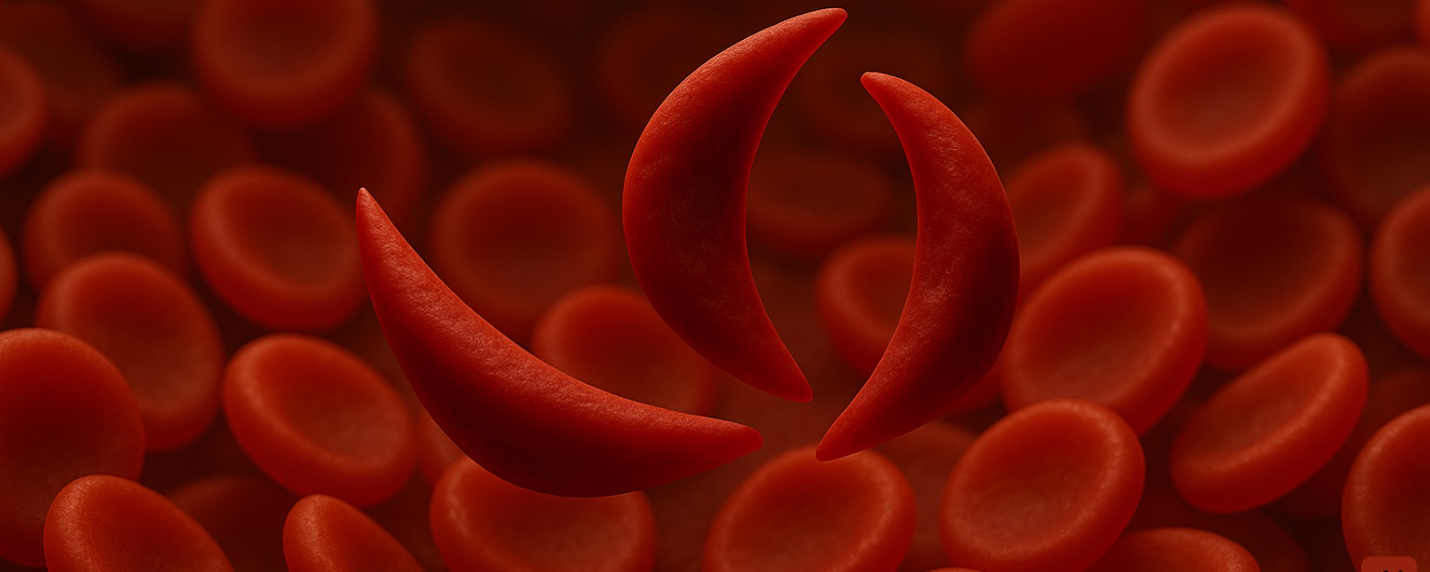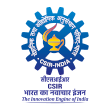Towards a Sickle Cell-Free India: Innovation in Action @ CSIR

The Global Burden of Disease Study 2021 identified India as having the second-highest concentration of sickle cell disease patients after sub-Saharan Africa, with alarmingly high incidence rates, particularly among tribal populations.
Sickle Cell Disease (SCD) is a hereditary blood disorder caused by a mutation in the haemoglobin gene, leading to chronic anaemia, severe pain episodes, and organ damage. Despite its serious health impact, the disease often remains neglected due to limited awareness and underdiagnosis, especially in remote regions. It is more prevalent in communities with low socio-economic status, where the burden of treatment and long-term care is often unmanageable.
India accounted for 14.5% of global SCD births in 2023, with over 42,000 newborns affected that year—highlighting the urgent need for early diagnosis, sustained care and systemic intervention. In response to these alarming statistics, the Hon’ble Prime Minister launched the National Sickle Cell Anaemia Elimination Mission (NSCAEM) in July 2023. As a mission mode programme under the National Health Mission, NSCAEM aims to eliminate sickle cell genetic transmission by the time India celebrates its Amrit Kaal in 2047. Since its launch, over 5.74 crore individuals have been screened across 17 high-focus states, marking significant progress toward early detection and intervention.
While nationwide public health efforts led by NSCAEM drive early detection and awareness at the grassroots, parallel scientific initiatives have been underway to strengthen the national response through innovation and research. The Council of Scientific and Industrial Research (CSIR) had launched its Sickle Cell Anaemia (SCA) Mission as early as 2017— focusing on SCA, the most prevalent and clinically severe form of SCD. These independent yet complementary efforts reflect the nation's unwavering commitment on two vital fronts: public health and screening based scientific innovation.
The CSIR-SCA Mission was envisioned as a long-term, multi-pronged initiative to reduce the disease burden and improve the quality of life for those affected. Among its core objectives, a major focus has been on identifying the hidden disease burden early, particularly through large-scale screening of school children and high-risk populations using affordable and robust diagnostic methods. Furthermore, the mission also aimed to prevent transmission to future generations through genetic testing, prenatal diagnosis, and integrated genetic, social, and clinical counselling, while simultaneously exploring the development of potential cures through advanced genome editing technologies.
The CSIR-SCA Mission has been a team effort of CSIR involving CSIR - Centre for Cellular and Molecular Biology (CCMB) as the nodal CSIR Laboratory, CSIR- Institute of Genomics and Integrative Biology (IGIB), CSIR - National Chemical Laboratory (NCL) and CSIR - Indian Institute of Integrative Medicine (IIIM). While CSIR-CCMB has led work on genetic biomarkers and screening models, CSIR-IGIB and CSIR-CCMB jointly have developed point-of-care (POC) diagnostic tools. On the therapeutic front, CSIR-NCL and CSIR-IIIM have focused on drug discovery and repurposing, while CSIR-IGIB has advanced research in genome editing as a potential curative pathway.
A breakthrough of the CSIR-SCA Mission has been the development of an affordable, PCR-based molecular test by CSIR-CCMB, using indigenously developed reagents and validated by Indian Council of Medical Research (ICMR) with 100% sensitivity and specificity. Unlike conventional HPLC or rapid tests, this method uses just a drop of blood and simultaneously identifies whether an individual is normal, a carrier, or a patient — at half the cost and without the need for invasive blood collection or additional confirmatory testing. Crucially, it also enables immediate prenatal diagnosis and counselling, enhancing early intervention. With over 99.6% accuracy demonstrated through large-scale validation, the mission now aims to expand this test nationally by upgrading existing PCR centres and training personnel.
As part of its diagnostic innovations, CSIR has developed three robust and affordable point-of-care tests, including the aforesaid PCR-based test using dried blood samples, world’s first commercialized paper strip diagnostic test based on CRISPR [TATA MD CHECK powered by FELUDA], and a simple paper-based test to distinguish between patients, carriers, and unaffected individuals. In terms of symptomatic treatment, the mission addressed a long-standing gap by enabling Central Drugs Standard Control Organisation/ Drugs Controller General of India (CDSCO/DCGI) approval for hydroxyurea treatment in SCA, a key drug for managing pain and related complications in SCA patients, for specific use in children and adults. The drug is now available in suitable dosages and user-friendly formulations, improving access, compliance, and long-term management outcomes. On the curative front, focused efforts are also underway to develop CRISPR-based genome editing approaches for correcting the sickle cell mutation in stem cells — offering long-term hope for a potential cure.
Focusing initially on Maharashtra and Chhattisgarh, CSIR developed a comprehensive screening model targeting school children, pregnant women, and newborns. Over 30 lakh people have been screened, with hundreds of high-risk couples identified and supported through prenatal diagnosis and counselling to prevent the birth of affected children. Regular patient follow-ups, a modified severity scoring system for clinical management, and the establishment of local social support networks have enhanced the program’s impact. Building on its success, the model is now being extended to parts of Madhya Pradesh and Jharkhand.
As we continue to address the burden of Sickle Cell Anaemia, it is important not only to raise awareness of the challenges posed by the disease but also to recognise the remarkable strides being made by India’s scientific community to fight against it. Public support and awareness must go hand-in-hand with innovation, as they are vital in sustaining these efforts and ensuring their reach to every corner of the country.

 Pensioners Corner
Pensioners Corner Screen Reader Access
Screen Reader Access Skip to main content
Skip to main content






















